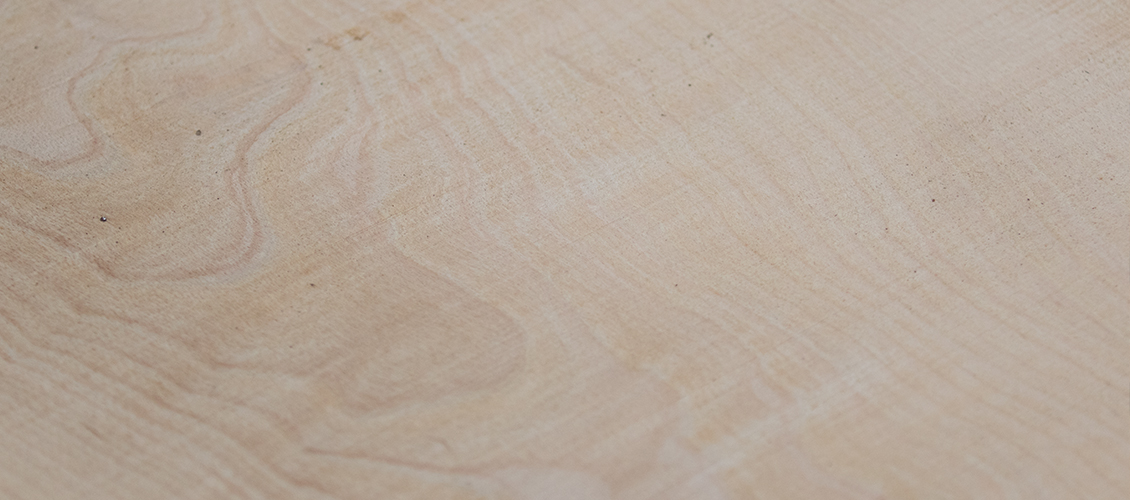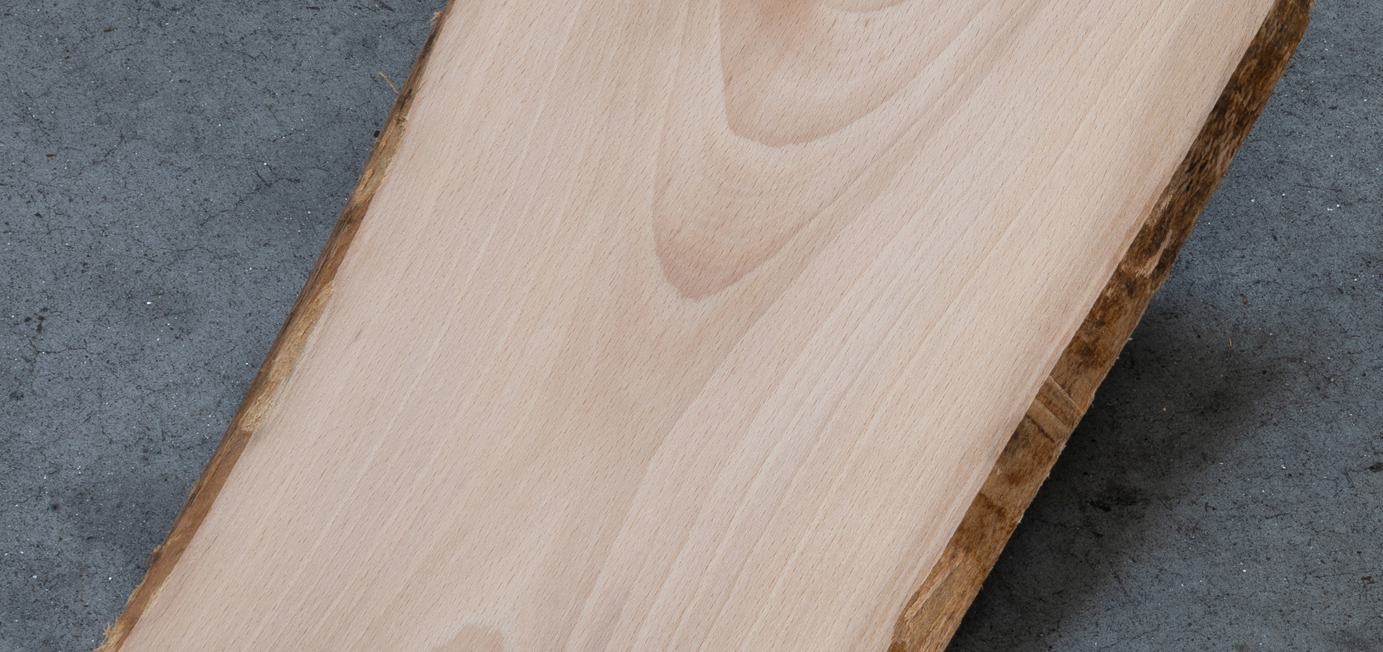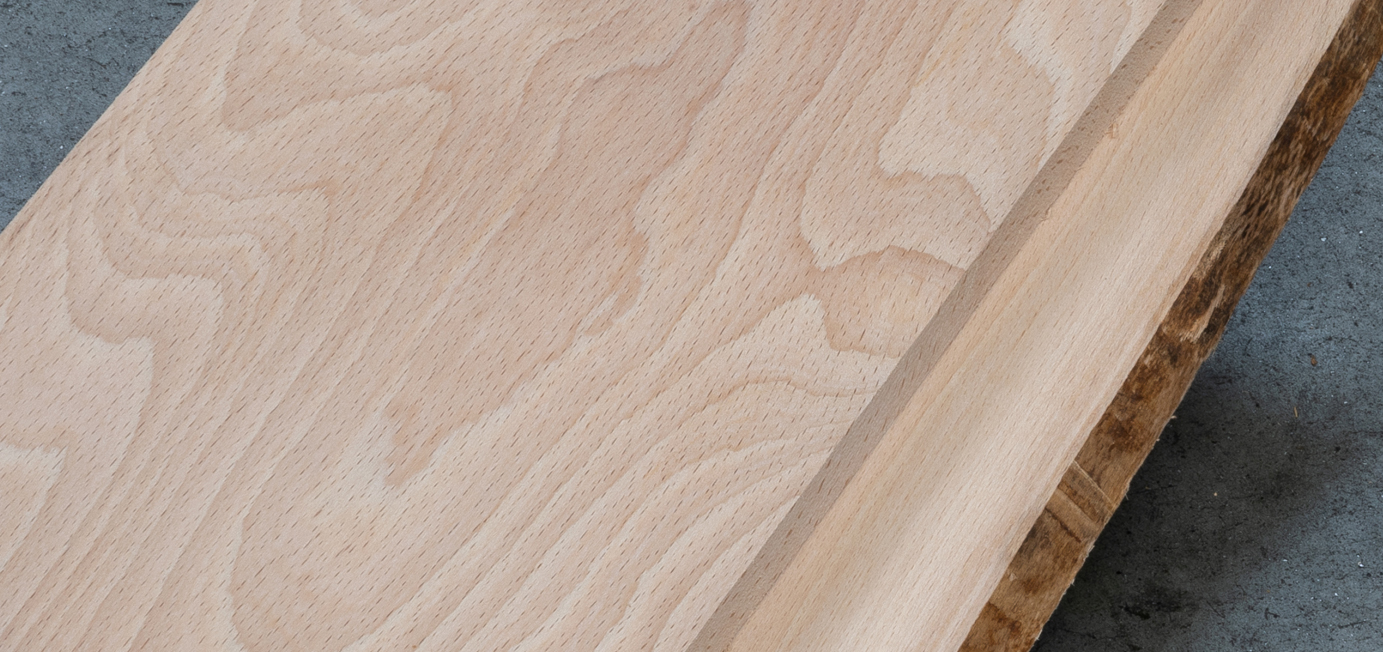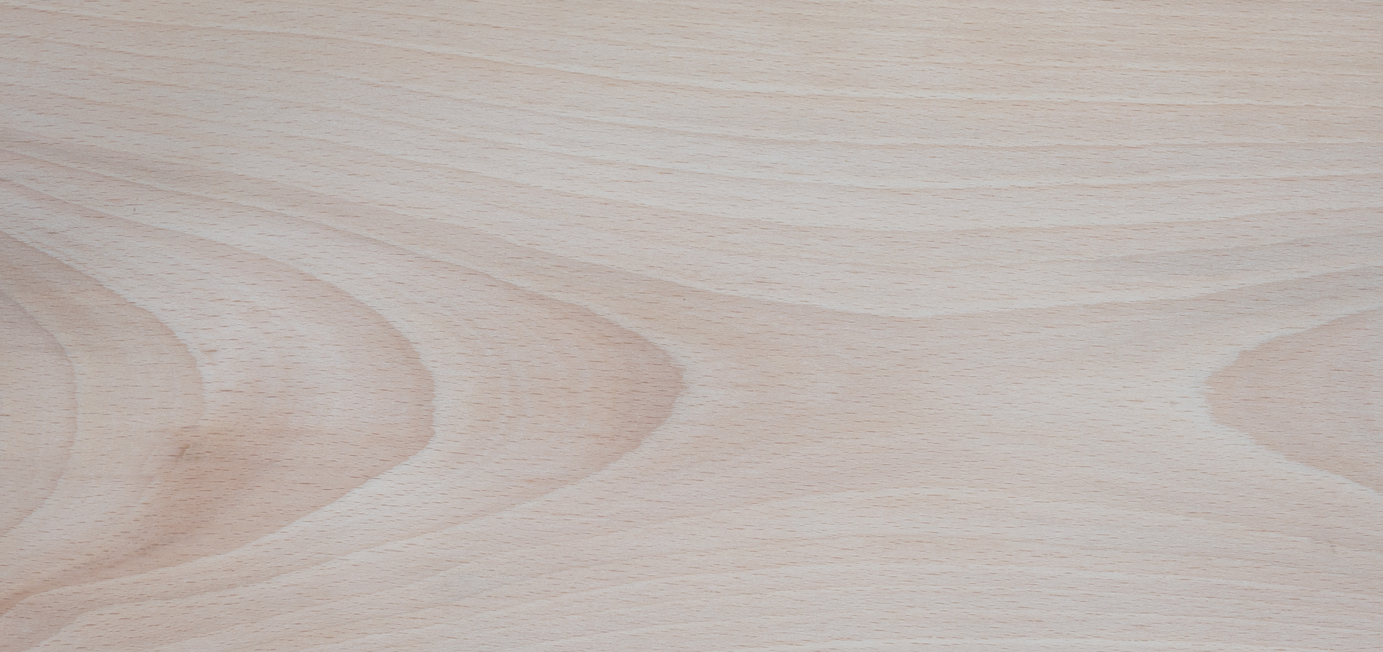Wood used for furniture and especially in the manufacture of chairs.
Beechwood distinguished itself in the forests of Chitern in southwest England, where the wood turners were known by “bodger” they turned the chairs feet and sleepers in pale pink hardwood. Beechwood continues to be greatly used in the furnishings of mass production, because it is very easy to work with, consistent and cheap. It is often painted or dyed continuing with good finishing. The woody rays that show like tiny little spots pints dark on cuted pieces in four and in blotters, have an unusual aspect.
Weight: moderately heavy (720 kg/m3) Type: hardwoods of the temperate zone
Resistance: Very durable; good for molding and steam
Color: Light brown with a pink tinge
Other names: English Beech
Alternatives: Yellow birch (Birch )/(BETULA alleghaniensis ), Plantain of London (Platanus acerifolia), poplar tree ( Populus species ), Japanese oak ( Quercus mongolica )
Origin: Europe
Texture: Consistent with closed pore; very uniform when sanded
Wood grain: straight and free from defects
Hardness: Hard
Drying and stability: It is more shrinkable that many wood dusts in the temperate zone, both in green as in the workshop; it needs to be well seasoned. The drying is quick. It is not used in the production of wide panels.
Degree of waste: Low
Width of the parts: Good
The thickness of the parts: Good with available thick pieces
Durability: needs to be treated with preservatives for outdoor use.
Application: Wood used for furniture and especially in the manufacture of chairs




